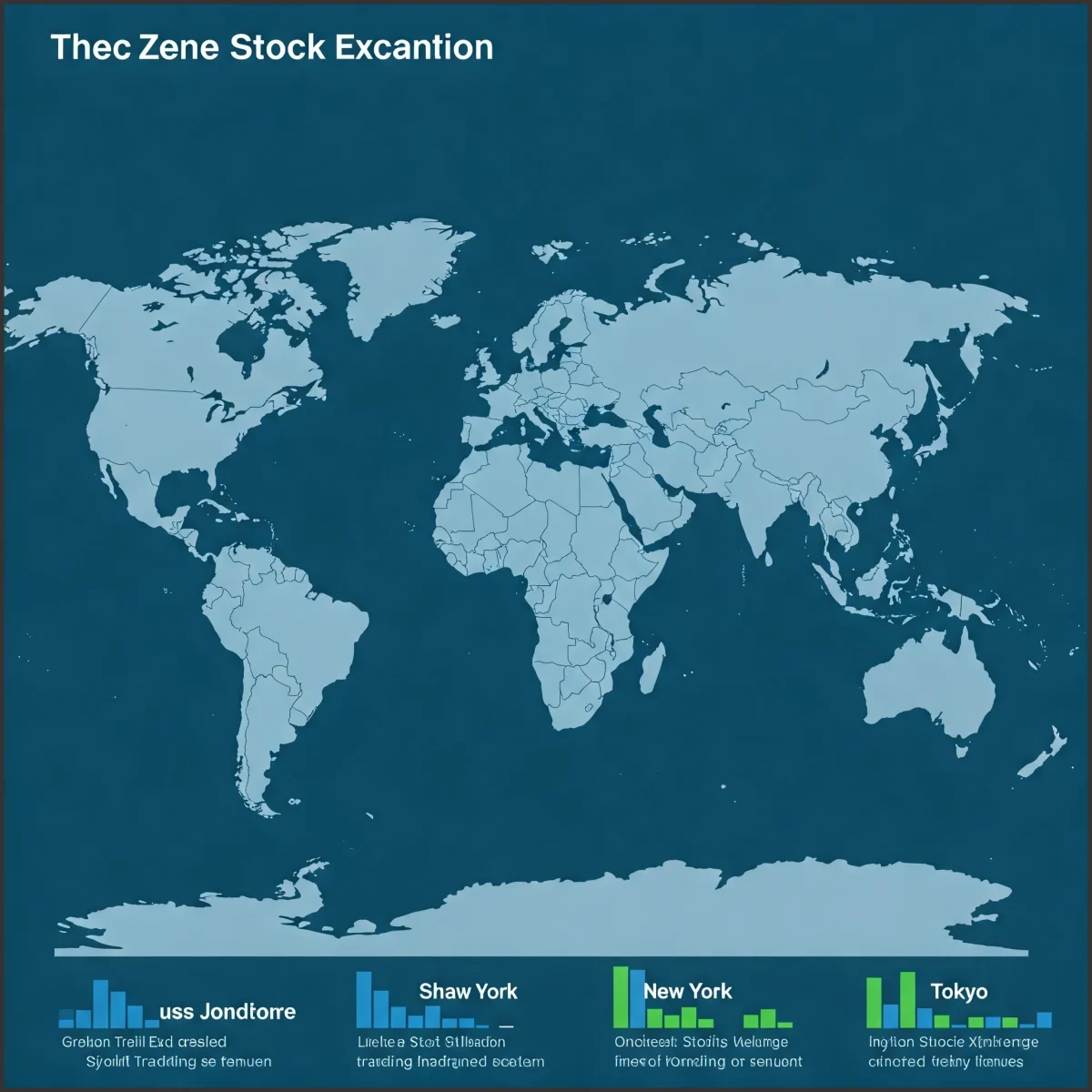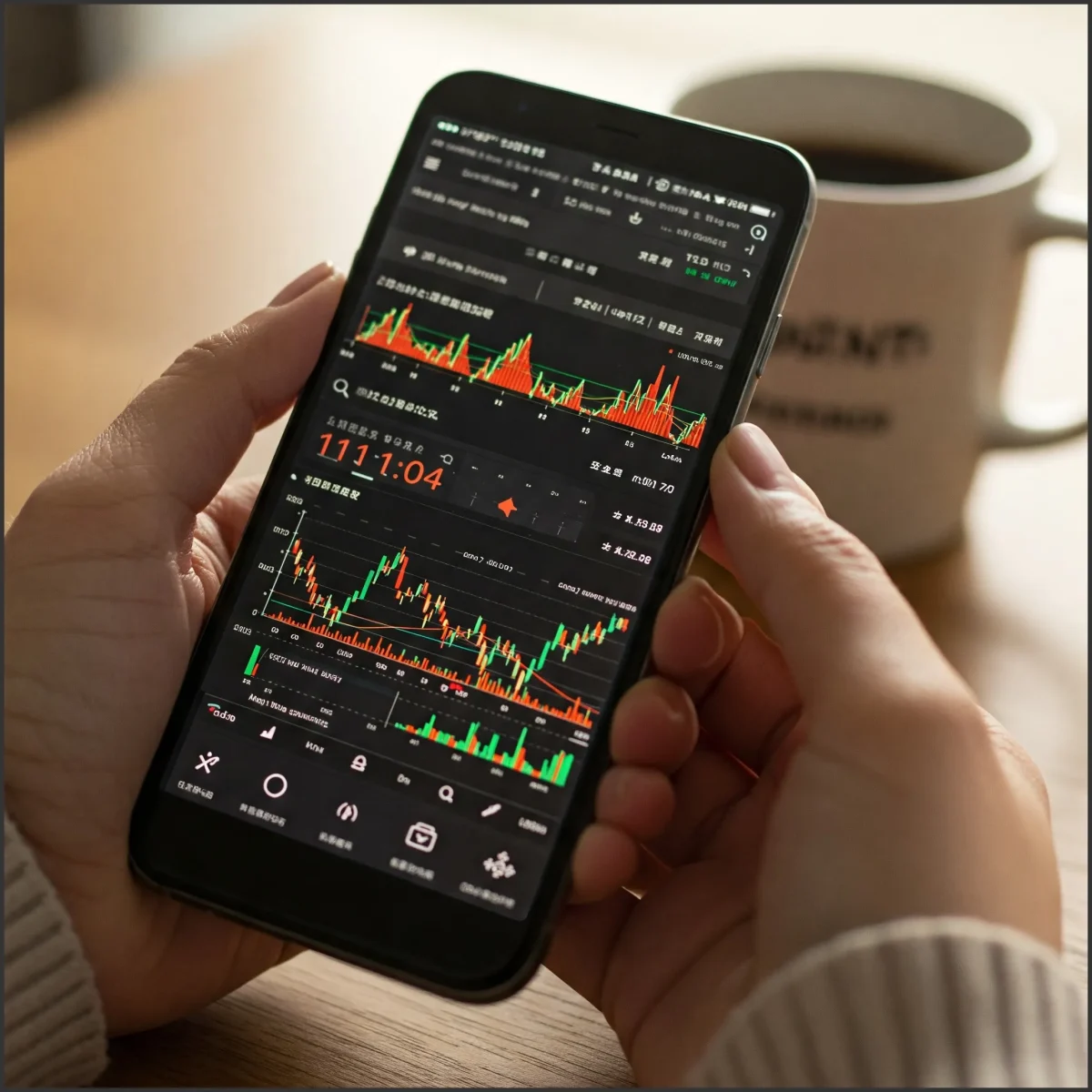
When I first started investing internationally, figuring out when different markets were open felt like solving a complex puzzle—especially with the Shanghai Stock Exchange (SSE). Between juggling my kids’ schedules and managing our family portfolio, I needed clear information about Shanghai Stock Exchange trading hours to make timely investment decisions. If you’re looking to expand your investment horizon eastward, understanding these Shanghai Stock Exchange trading hours is absolutely crucial for your success.
Understanding Shanghai Stock Exchange Trading Hours in Detail
The Shanghai Stock Exchange operates on a structured schedule that’s quite different from Western markets. As someone who trades from the US, I’ve had to become very familiar with these times:
- Morning Session: 9:30 AM to 11:30 AM China Standard Time (CST)
- Afternoon Session: 1:00 PM to 2:57 PM CST
- Opening Auction: 9:15 AM to 9:25 AM CST
- Closing Auction: 2:57 PM to 3:00 PM CST
For context, China Standard Time is 12 hours ahead of Eastern Standard Time (EST), which means when it’s 9:30 AM in Shanghai, it’s 9:30 PM the previous day in New York. This time difference has meant some late nights when I wanted to catch the opening bell in Shanghai!
The SSE is closed on weekends and public holidays. In 2025, there are 18 scheduled holidays when the exchange will be closed, including Labor Day on May 1. I always mark these dates on my calendar to avoid any surprises when planning trades.
Global Stock Market Time Zones and Trading Overlaps
Understanding global market hours in relation to Shanghai Stock Exchange trading hours has been a game-changer for my investment strategy. Here’s how other major markets operate:
- New York Stock Exchange (NYSE): 9:30 AM to 4:00 PM Eastern Time (ET)
- London Stock Exchange (LSE): 8:00 AM to 4:30 PM Greenwich Mean Time (GMT)
- Tokyo Stock Exchange (TSE): 9:00 AM to 3:00 PM Japan Standard Time (JST)
The beauty of global trading is finding those precious windows when markets overlap. For example, when the London and New York markets overlap from 9:30 AM to 11:30 AM ET, there’s often increased liquidity and trading volume. These periods can offer excellent opportunities for active traders.
If you’re managing family finances like I am, knowing these overlaps can help you plan your day more efficiently. I’ve found that budgeting for international investments requires the same careful planning as managing household finances.

How to Invest in the Shanghai Stock Exchange
After researching extensively, I’ve found several approaches to invest in Chinese markets:
1. Shanghai-Hong Kong Stock Connect
The Shanghai-Hong Kong Stock Connect is a cross-boundary investment channel that links the SSE with the Hong Kong Stock Exchange (HKEX). This program has been a game-changer for foreign investors like me who want direct access to A-shares. It operates through:
- Northbound Trading: Allows Hong Kong and international investors to trade SSE-listed stocks
- Southbound Trading: Enables mainland Chinese investors to trade HKEX-listed stocks
This program has made it much easier to gain exposure to Chinese markets while following local regulations.
2. Exchange-Traded Funds (ETFs)
For those new to Chinese markets, ETFs provide a more accessible entry point. They offer:
- Broad exposure to Chinese equities
- Lower costs compared to direct investment
- Greater diversification to mitigate risk
I started with ETFs before moving to more direct investments, and they remain a core part of our family’s international portfolio strategy.
3. Global Stockbroking Accounts
Several international brokers now offer platforms that allow direct trading on the Shanghai Stock Exchange. When selecting a broker, I recommend looking for:
- Competitive fee structures
- User-friendly interfaces with clear market hour information
- Strong security measures
- Good customer support across time zones
Much like planning for tariffs when traveling, you need to account for additional fees when investing internationally.

Chinese Market Regulations for Foreign Investors
China regulates foreign investment through a “negative list” approach, which specifies which industries are open or restricted to foreign participation. Recent regulatory updates have:
- Lowered capital requirements for foreign investors
- Expanded eligibility for foreign individuals to acquire shares in listed companies
- Simplified entry processes into the A-share market
As a foreign investor, you must comply with Chinese laws and regulations, including the Foreign Investment Law. According to the China Securities Regulatory Commission, these regulations aim to gradually eliminate caps on foreign ownership in key industries.
Time Zone-Based Trading Strategies for Shanghai Stock Exchange Trading Hours

Based on my experience with Shanghai Stock Exchange trading hours, here are some practical strategies for trading across time zones:
Use Automated Tools
Set up alerts and automated orders to execute trades when you’re unavailable. This has been particularly useful when I need to focus on family responsibilities during Shanghai trading hours.
Develop a Clear Schedule
Create a weekly schedule that accounts for market hours, overlaps, and your personal availability. I keep a world clock widget on my phone that shows Shanghai time alongside my local time.
Focus on Opening and Closing Periods
Market openings and closings often see higher volatility and volume. I’ve found that focusing my attention during these periods, even if I can’t monitor the entire trading session, can be an efficient use of time.
Consider Weekend Analysis
I use weekends to analyze Chinese market performance and plan my strategy for the coming week. This preparation has helped me make more informed decisions when markets reopen.
Conclusion: Making Shanghai Stock Exchange Trading Hours Work for You
Understanding and adapting to Shanghai Stock Exchange trading hours has allowed me to diversify our family portfolio internationally while maintaining a balanced lifestyle. With the right preparation and tools, the time zone differences related to Shanghai Stock Exchange trading hours don’t have to be an obstacle—they can actually become an advantage by extending your trading day.
Whether you’re looking to directly invest in A-shares through the Stock Connect program or prefer the convenience of ETFs, the key is planning around market hours and staying informed about regulatory changes. Just as I’ve learned to manage our family’s financial assets effectively, you too can navigate international markets with confidence.
Remember that successful international investing isn’t about being available 24/7—it’s about being strategic with your time and resources. Start small, learn the rhythms of the market, and gradually expand your international portfolio as your confidence grows.

